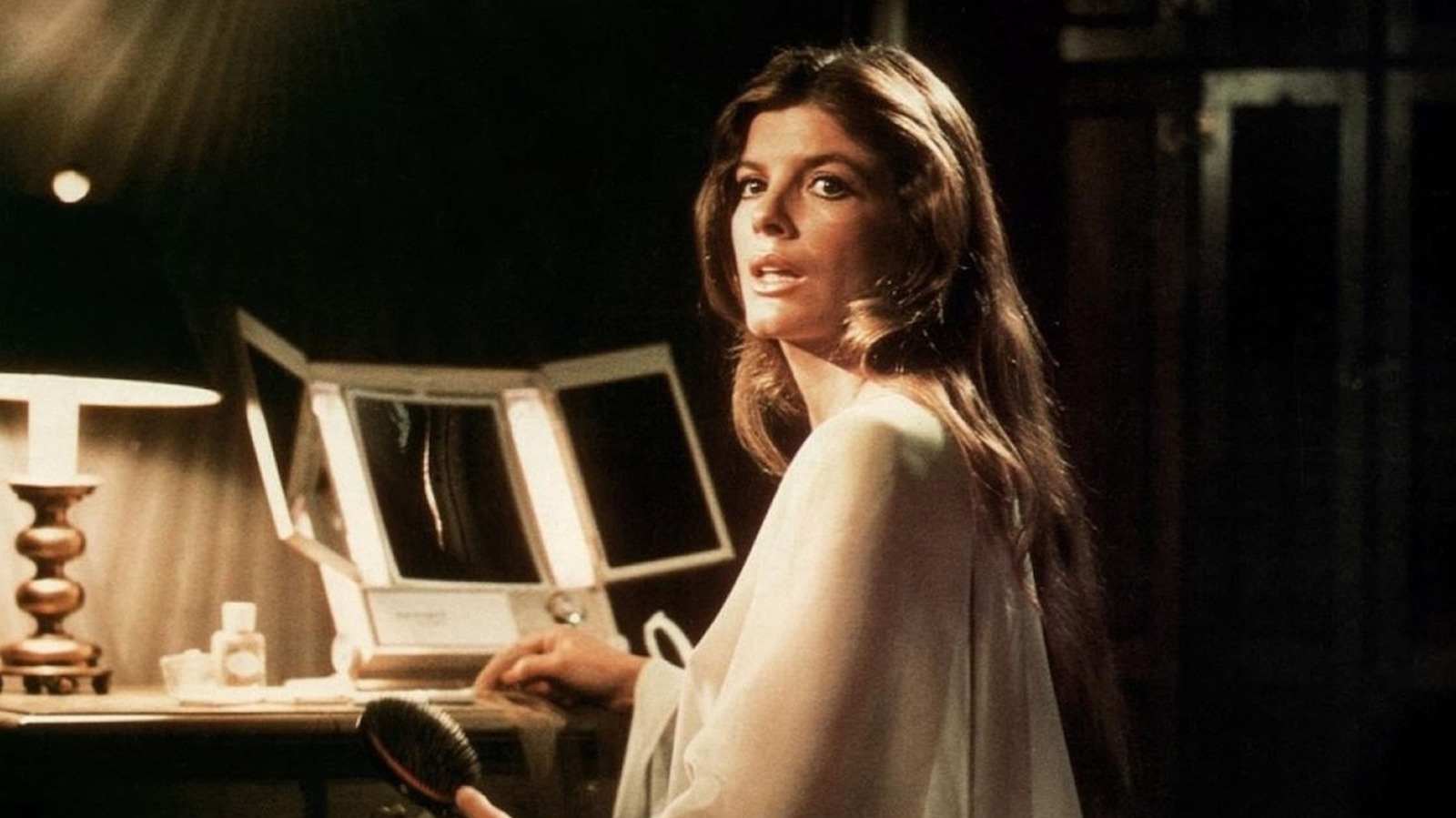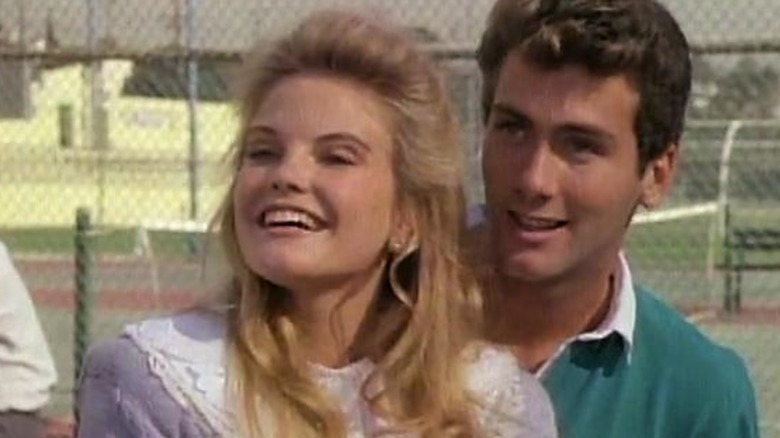“Don’t Worry Darling” (which essentially duplicates the original’s premise without success or conviction).
Although Forbes’ story is more layered than it initially seems, the core critique lies in the systemic subjugation of women through patriarchal practices, where they’re reduced to non-entities who are subservient to the men they’re married to. This is taken to infuriating extremes in Forbes’ film, and when Joanna Eberhart (Katharine Ross) moves to Stepford with her husband, we get to perceive the community’s odd social behavior through the eyes of a baffled skeptic. Joanna immediately notices that the women in the community are obsessed with being picture-perfect housewives, while the men are more than happy to do the bare minimum and revel in the subservience of their wives.
The psychological horror aspect of the film intensifies towards the end, leading to a rather bleak ending. Although the story is nowhere near perfect, it connects tradwife identity politics to rampant consumerism in some interesting ways. As culturally relevant as Forbes’ film is, it is a lesser-known fact that “The Stepford Wives” spawned three (!) associated titles, forming a horror franchise that is still overshadowed by the original.


